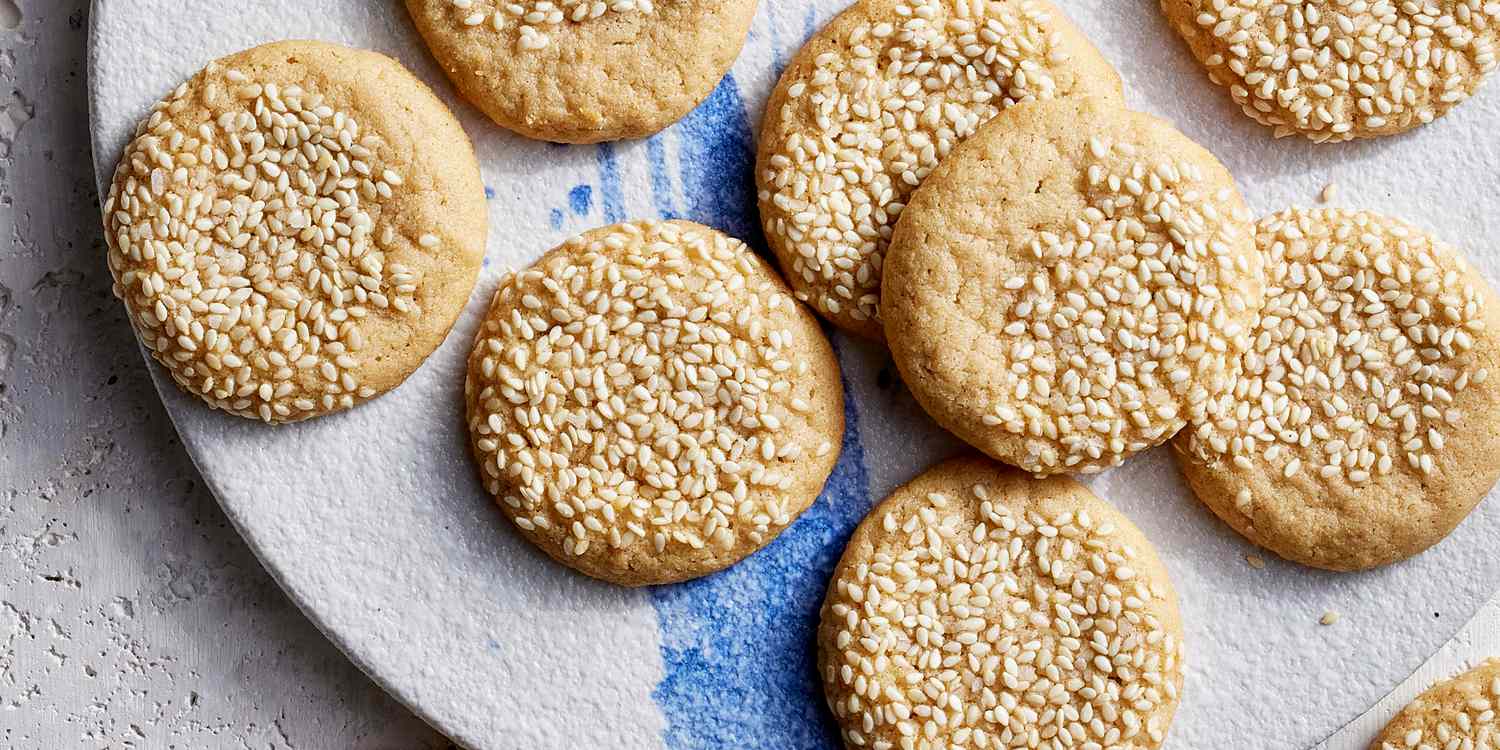Tahini Butter Cookies Recipe »Decadent Tahini Butter Cookies: A Heavenly Delight for Sweet Cravings »
Understanding Nutrition Facts for Recipes
Cooking at home can be both rewarding and healthy. To make informed choices, it’s essential to understand the nutrition facts associated with various recipes. This guide will help you navigate common nutritional information to enhance your cooking experience.
Importance of Nutrition Facts
Making Informed Decisions
Knowing the nutritional content of your meals empowers you to:
- Choose healthier ingredients.
- Control portion sizes.
- Adjust recipes according to dietary needs.
Specific Needs
For those following specific diets, understanding nutrition facts becomes even more crucial. Consulting with a healthcare professional can ensure your meals align with your health goals.
Daily Nutritional Values Explained
Percent Daily Values
- General Guidelines: The Percent Daily Values (PDV) are based on a standard 2,000-calorie diet. However, individual needs may vary based on factors like age, sex, and activity level.
- Application: For example, if a recipe provides 20% of the daily value for calcium, it means that one serving of the recipe meets one-fifth of your daily requirement.
Nutrient Availability
It’s important to note that:
- Nutritional information may not be available for all ingredients.
- The amount listed often relies on available nutrient data, which can vary.
Special Dietary Considerations
Medically Restrictive Diets
For those on medically restrictive diets, certain nutrients may be less accessible:
- Always verify the nutritional information, especially for allergens or specific health conditions.
- Consulting a registered dietitian can provide tailored advice and alternative ingredient suggestions.
How to Adjust Recipes for Better Nutrition
Ingredient Swaps
You can enhance the nutritional quality of your recipes through simple substitutions, such as:
- Whole Grains: Use whole wheat flour instead of white flour.
- Natural Sweeteners: Replace refined sugars with honey or maple syrup.
- Healthy Fats: Opt for olive oil or avocado instead of butter.
Portion Control
Understanding serving sizes can help maintain balanced meals. Keep these tips in mind:
- Use measuring cups or a kitchen scale for accuracy.
- Fill half your plate with vegetables for a nutrient-dense meal.
Conclusion
By familiarizing yourself with nutrition facts, you can make healthier choices in your cooking. Remember that personalizing recipes not only adds flavor but also boosts their health benefits. Always consider your unique dietary needs and consult a professional if uncertain. Happy cooking!







